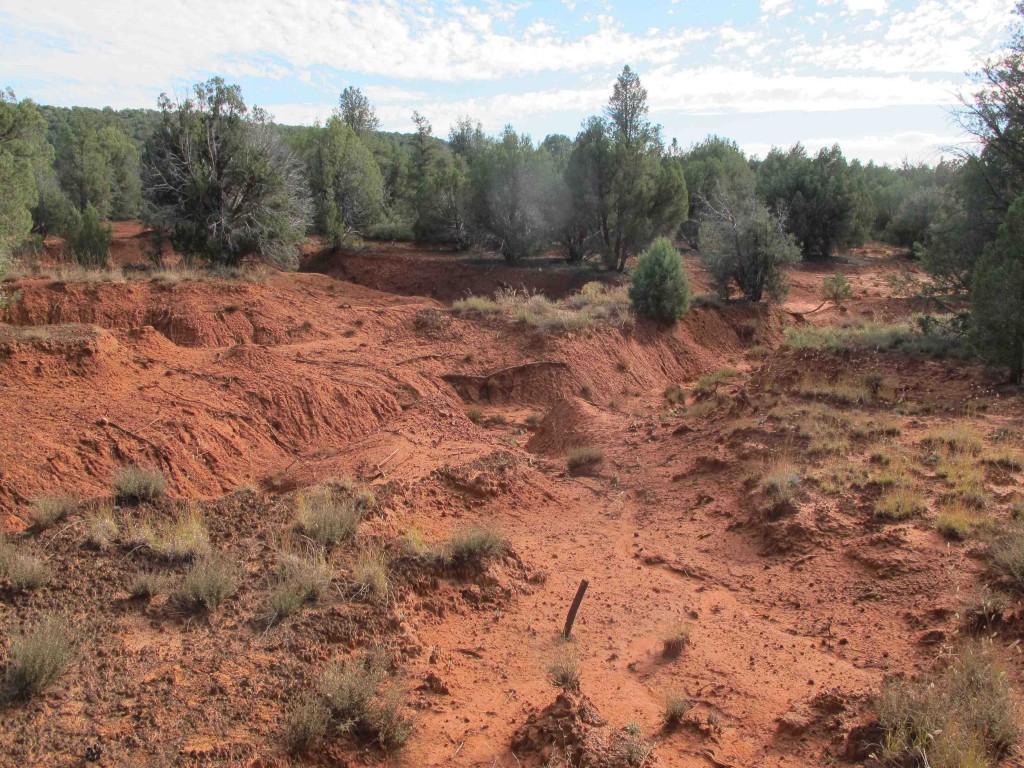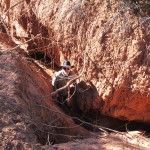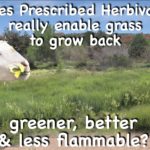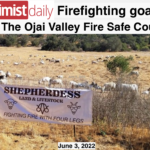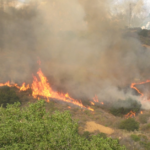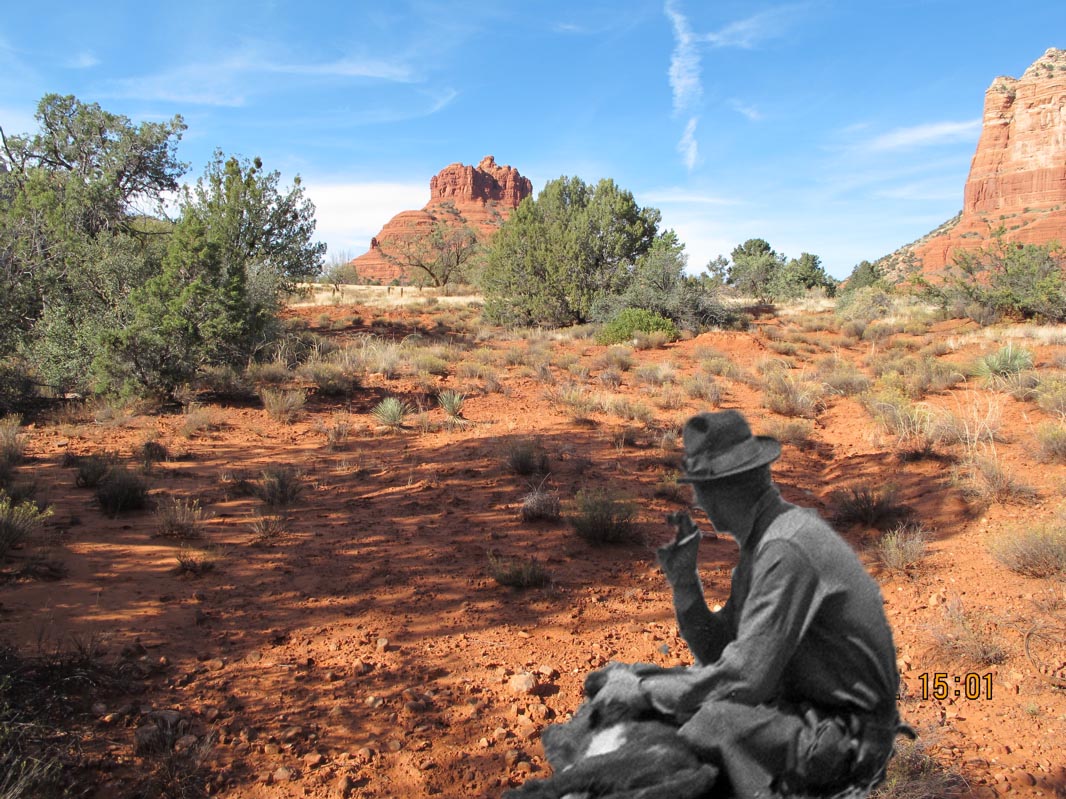
Most of the people who support designating 160,000 acres of the red rock landscape around Sedona, Arizona, as a national monument do so because they are convinced it is the best way to protect the amazing, beautiful, unique, naturally diverse character of this ecological wonder.
Here’s a big problem with that. Plenty of evidence suggests that, while this action would enhance the political fortunes of a number of politicians (local and otherwise), it would have an effect on the environment that is the exact opposite of what its supporters want.
What’s that?… It would devastate the very values those supporters claim they want to protect.
At this point, I want to make it clear that I don’t make this claim lightly, nor without background and experience to back it up. I’ve been active in environmental issues in Northern Arizona since I moved to this area in 1980. Shortly after arriving here I played a significant role in getting several roadless areas near Sedona designated as federally protected wilderness by serving as co-coordinator for the Sierra Club’s adopt-a-wilderness campaign for northern Arizona. That campaign helped put together legislation that was adopted by Congress as The Arizona Wilderness Act of 1984. In 1993, I received an award from the Sierra Club on the occasion of the club’s John Muir Centennial Celebration for my work protecting mountain lions and black bears here in Arizona. Around the same time, I joined with other environmentalists and a number of Arizona ranchers to form one of the first successful collaborative groups in the West. That group, known as 6-6 (for 6 of us and 6 of them), created an association within which people who usually consider ourselves adversaries worked together to solve issues that typically descend into endless contention.
The most significant part of all that is not that it adds to my credentials or gives me something to brag about, but that it taught me a very important lesson, a lesson that is quite the opposite of what I expected. It taught me that increasing the amount of government involvement, control, regulation, protection in an area usually increases its environmental problems rather than decreases them.
How did I make that discovery? By going back to areas that have been protected, in some cases for more than three quarters of a century, and observing (and photographing) the results of that assumedly beneficial action. Needless to say, when I relocated those areas, and saw the damage protection had caused, I was blown away, so blown away that I wrote two books about it (One was nominated for a Pulitzer Prize.), and I’ve been traveling the West ever since, giving talks and showing ”before and after” photos demonstrating the downside of what most of us consider the panacea for all that ails planet Earth — protection.
Most of you will be surprised to learn that some of the most mind-blowing of these ”before and after” come from around Sedona because Red Rock Country, as far as I can tell, is one of the places within in the American West most radically impacted, in a negative way, by protection. Why? One of the processes by which protection negatively impacts an area is by causing desertification and erosion, and Sedona is obviously very susceptible to erosion.
For example, look at these ”before and after” photographs: (Click on the photo for a closer view.)
|
|
Making this case — that protection can harm the environment — isn’t easy (even with photos such as the above). It isn’t easy because it flies in the face of an almost universal assumption within our society — that whatever is wrong with the environment has invariably been caused by humans (everything else is natural, right?). According to that assumption all we have to do to ”right” virtually any environmental wrong is reduce or remove the impacts of humans and everything will be ”restored to nature” or at least started on a healing journey in that direction.
This widely-held assumption traces back to environmental guiding lights such as John Muir, founder of the Sierra Club. Muir was a committed religious fundamentalist who believed that the way to make an environment right or natural or healthy was to re-enact the expulsion of Adam and Eve from the Garden of Eden. That is essentially what we do, to varying degrees, when we create a wilderness area, or a preserve… or a national monument.
Fortunately, there is another way of looking at the environment, one that works and doesn’t suffer the problems I’ve just described. In fact, it explains them. This way traces back to the space program and our dream of visiting other planets (Talk about an oddball way of learning about how the Earth works!) In the 1960s, in advance of sending a probe to Mars, NASA decided it might be good idea to know if there is any life there. So, they enlisted a number of scientists, including James Lovelock, an English chemist known for thinking out of the box, to come up with a way to tell if there is life on a planet without (or before) visiting it.
Lovelock noted that there are a number of characteristics of our own planet that cannot exist without being sustained in some way (or, in other words, by some thing). For example, there is no way our planet’s atmosphere could consist of 21% oxygen if left purely to the vagaries of chemistry. Oxygen is a very active gas which would quickly react itself into compounds with other chemicals if something wasn’t replacing and sustaining it. (Venus and Mars, for instance, contain 0.00 percent and 0.13 percent, respectively, of free oxygen.) Here on Earth, plants, both on land and sea, produce oxygen as a byproduct of photosynthesis, in other words, as a byproduct of living.
There are a number of other aspects of our planet that exemplify this same point. Consider the salinity of the oceans. In spite of the fact that every year millions of tons of mineral salts are eroded and dissolved from the Earth’s crust and carried by streams and rivers into the planet’s oceans, the salinity of those waters remains a surprisingly stable 3.4% and has for a very, very long time. Lovelock considered it no accident that this is exactly the salinity required for the continuing existence of the forms of life that inhabit the seas.
To make a long story short (you can read more on your own.) Lovelock hypothesized that living things on Earth create and sustain the conditions that make life possible, and they (we) do it by the mere act of living. Example? — Bees pollinate flowers as they feed on their nectar, which creates seeds, which create more plants, which create food for bees (and other creatures) along with the oxygen that bees and other creatures breath, which creates more bees and more other creatures, and more flowers, and…
Lovelock attached the name ”Gaia” (the Greek name for the Earth Goddess) to this synergy, of which we have been a part for as long as we have existed. And as we hunted and herded and harvested and gathered as part of that system, we played an important role in sustaining the conditions that make life possible not only for us, but for everything else. Protecting the environment from humans performing those functions, therefore, does no favor for the environment, nor for us, nor for anything, really.
What does it do? Let’s go back to those photos a few paragraphs back…
What this tells me (and I hope it tells you, too) is that those of us who truly value the environmental health of this exceptional land in which we live should be opposing national monument designation for Sedona Red Rocks rather than supporting it.
And, as an alternative we might want to start asking ourselves a very important question…
Rather than asking what we can do to protect the Sedona eco-synergy from us, we might start asking what we can do to resume our role of sustaining Gaia?


